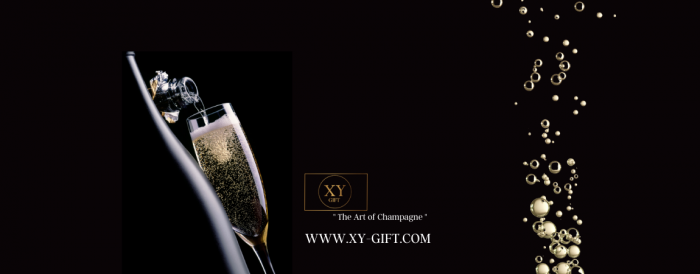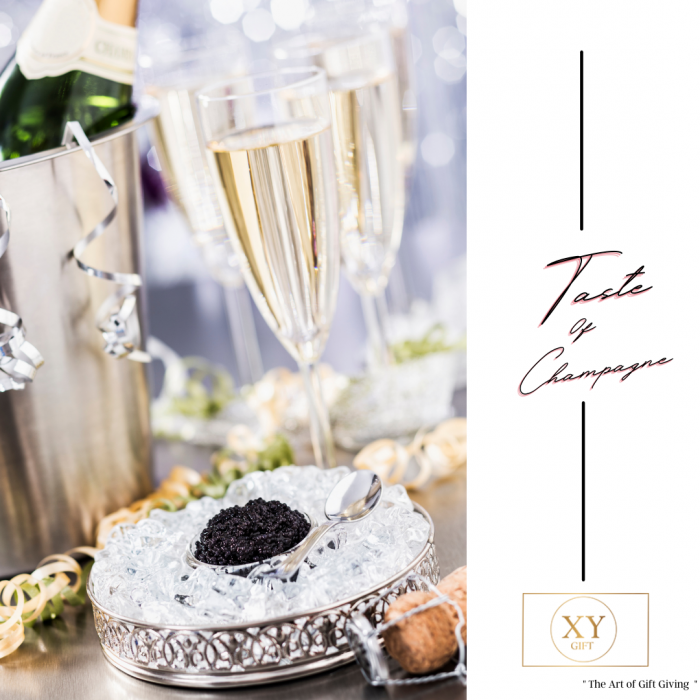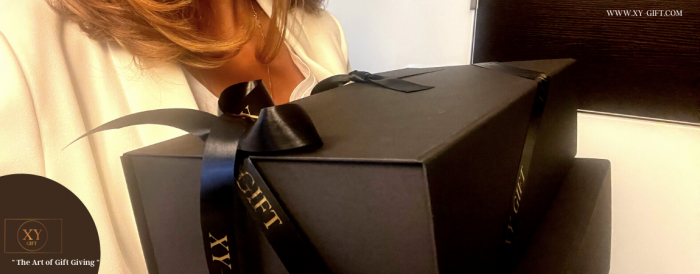Send a compliment to the people who are important to you!What makes champagne so special

Get acquainted with the unique process of making your favorite Champagne!
What do you do when you want to celebrate a special occasion? You open a bottle of champagne or sparkling wine, of course! Appreciated for its refreshing bubbles and the delightful aroma of toast, a good bottle of champagne comes to captivate the senses.
But why should you turn to champagne only for a special occasion? Enjoying sparkling wine with friends is a great way to add a little luxury to any dinner or drink over the weekend.
Whether you are a champagne lover and always keep a bottle in the fridge, or you are a complete beginner and want to educate yourself a bit so you can have a conversation, our short guide will introduce you to the world of bubbling bubbles and tell you everything you need to know about champagne, sparkling wine and the difference between the two.
What is the difference between champagne and wine?
For both champagne and sparkling wine, the most popular grape varieties are Pinot Noir, Chardonnay and Pinot Menie – three varieties that are extremely popular as red and white wines. What distinguishes champagne from wine made from these varieties is the second fermentation process. Champagne or any sparkling wine contains tiny carbonated bubbles of carbon dioxide, while standard wine, as you know, is fermented grape juice without the characteristic bubbles. To be called champagne, not just sparkling wine, the wine must be made in the French Champagne region.
When it comes to price, sparkling wines are much more labor-intensive to produce, which usually makes them more expensive than regular wines. On the other hand, the process of champagne production follows a tradition that has not changed for centuries. Even after the invention of new technologies that can make production faster and easier, the tradition in Champagne is preserved. That is why champagne is considered even more luxurious and expensive.
How to make champagne step by step?
Grape picking
In the Champagne region, grapes are harvested between August and October. The grapes must be harvested by hand when fully ripe to ensure a balance between sugar and acidity. As champagne is made from both red and white grapes, each grape must be handled carefully to ensure that the grape skin pigments do not color the wine.
Pressing the grapes
Whole bunches of grapes are usually pressed to obtain uncolored grape must. For the best champagne, each grape variety will be pressed separately so as to respect the unique character of the origin of each grape. In real champagnes of proven origin, the grapes from each vineyard are squeezed separately. There is a limit to the volume of wine that can be obtained from each press to ensure the highest quality wine. The first press gives the highest quality grape must or cuvette. The second press or tail is usually of lower quality, but richer in color and tannins.
First fermentation
The clear grape must is transferred to stainless steel tanks or wooden barrels. About 24 hours after pressing the grapes, natural yeast is added to start the first fermentation process. It takes about 8 to 10 days until the sugars are completely converted to alcohol to produce a non-frothy, dry white wine with a high acid content.
Mixing
This is where the real magic begins. The master growers will try and choose the perfect blend of wines to create a range of champagne that presents the annual harvest in the best light. Wine from the current vintage can be mixed with wines from the old vintage to produce champagne without vintage. If the champagne has to be made from a certain vintage, the best wines will be taken from it to ensure exceptional taste.
Second fermentation
The time has come for the moment when the wine gets its bubbles and turns into what we call champagne today. Méthode Traditionnelle, or the traditional method of making champagne, is what contributes to the many bubbles. In this method, the wine, along with sugar and yeast, is bottled. Each bottle is sealed with a temporary cap. During the second fermentation, all the sugar is converted into alcohol. The bottles are stored horizontally at high humidity and a constant temperature of 10-12 ° C. This slow, natural, yeast-driven chemical reaction produces carbon dioxide, which gives the wine this carbonation that we all love.
Aging of the sludge
What makes the traditional method of making champagne so special is the slow aging period. As part of the second fermentation process, yeast deposits called sludge are produced. The wine will age on the lees for some time before being removed from the bottle. The time spent on the lees adds complexity to the wine and is what gives the traditionally prepared champagne its characteristic aromas. The best sparkling wines and champagne will mature from a minimum of 15 months to several years.

How to choose the best champagne?
When it comes to choosing champagne, you can choose between champagne made from a particular vintage and one that has no vintage. Each champagne maker has their own distinctive style and preferred blend of Pinot Noir, Chardonnay or Pinot Mein.
With champagnes without vintage, winemakers have the freedom to create blends that emphasize their personal style. This type of champagne is fresher, lighter and has a more fruity taste. A well-created cuvé without vintage will show the leading tastes and aromas that characterize the brand, and is the ideal choice for those who want to enjoy quality champagne.
Despite the distinctive features that each has, the choice of champagne with and without vintage remains entirely a matter of personal preference. If you want to choose a quality champagne or sparkling wine, for a special occasion or just to pamper yourself, to celebrate an important moment, or to make a gift to a loved one, choose from our selection champagne and sparkling wines . . You will receive them at an address of your choice and you can add luxury packaging for an even more memorable experience.


 No products in the cart.
No products in the cart.